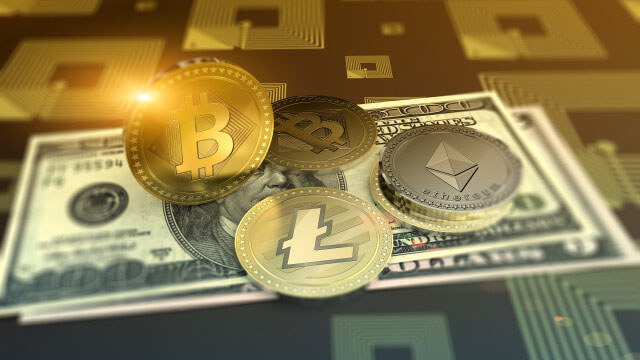
 252
252
EUR/USD Rises on US Shutdown Fears; Technical Outlook Remains Cautiously Bullish
The EUR/USD currency pair is trading in positive territory near 1.1750 in early Tuesday trading, buoyed by a weakening US dollar amid concerns over a potential US government shutdown. Investors are closely monitoring political negotiations, as demonstrated by recent unresolved discussions between Democratic and Republican leadership regarding government funding. With the deadline for appropriations passing at midnight, market participants are preparing for increased volatility depending on the outcome of these political developments.
Late Monday, US authorities announced that, in the event of a partial government shutdown, key economic data releases — including the highly anticipated labor market report — would be halted. This move underscores market apprehensions about the economic impact of fiscal impasses. In addition, the Bureau of Labor Statistics is scheduled to release the Job Openings and Labor Turnover Survey (JOLTS) for August, which could influence the dollar’s trajectory depending on its results. A reading below expectations might put additional downward pressure on the USD, while strong consumer sentiment data from the Conference Board could help to stabilize or even strengthen the dollar.
Technical indicators show that EUR/USD maintains support above the 200-period simple moving average on the four-hour chart, suggesting a cautiously bullish outlook. The RSI approaching 60 indicates increasing buying momentum. Resistance levels are identified near 1.1770, coinciding with the 23.6% Fibonacci retracement of recent gains, with further upside potential towards 1.1820. Conversely, a fall below 1.1750 could see declines towards support levels around 1.1690 to 1.1700, marked by the 200-period moving average and Fibonacci retracement.
The euro remains the second most traded currency globally, representing a significant portion of daily foreign exchange transactions. Its valuation is heavily influenced by the European Central Bank’s monetary policy stance, primarily driven by inflation and growth data such as GDP, manufacturing, and service sector indicators. Higher-than-expected inflation could prompt rate hikes, bolstering the currency, whereas weak economic data might dampen euro strength. The upcoming eurozone trade balance figures will also provide insights into the currency’s outlook by reflecting the region’s export competitiveness and external demand.














